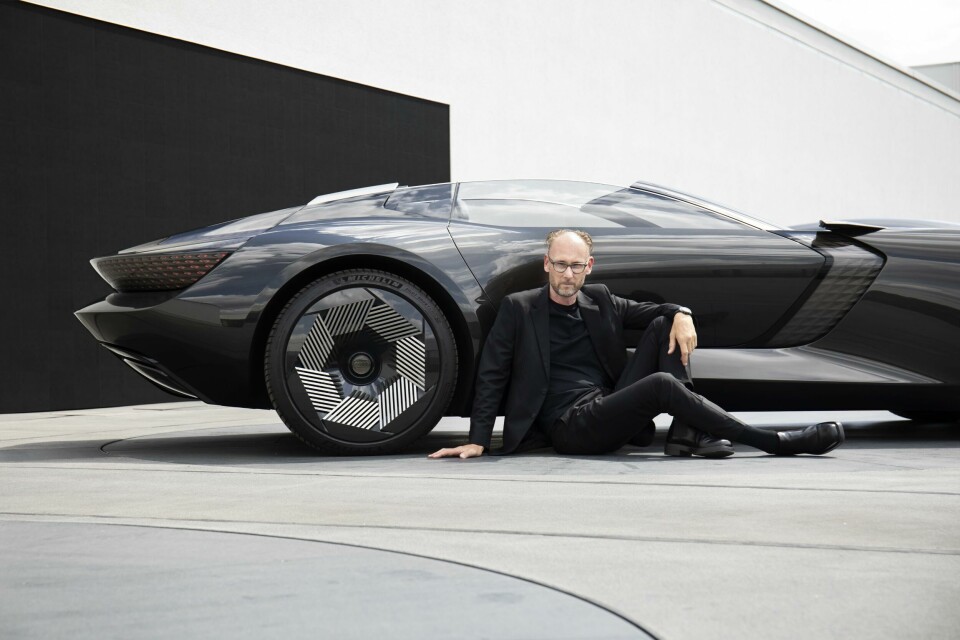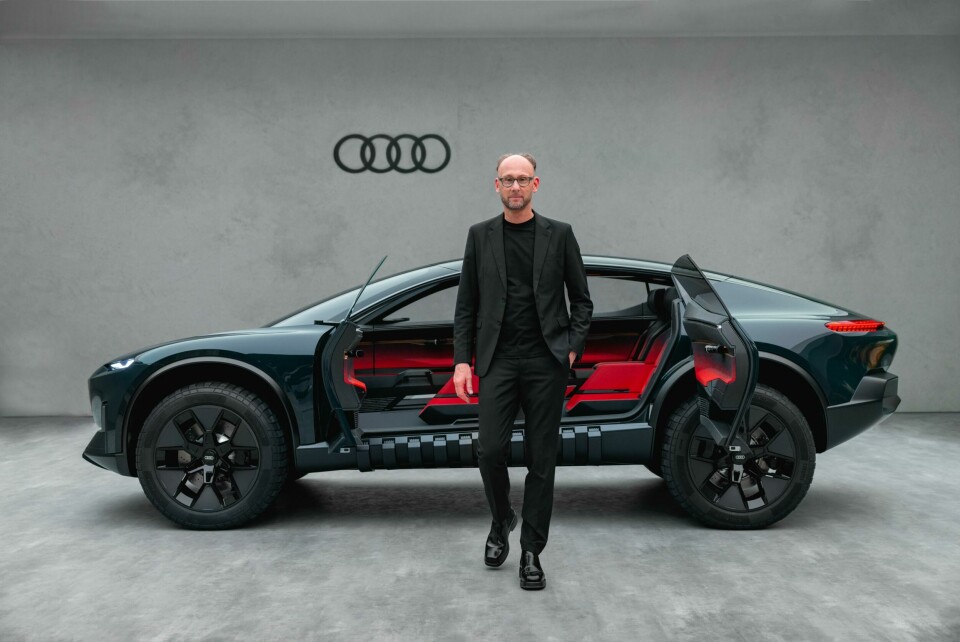
Car Design Review X: Marc Lichte, Audi
Audi design boss Marc Lichte shares his personal approach to design in this exclusive Car Design Review X interview
Right now is the most exciting time to be a designer. Technology enables us to think of a car as a blank sheet of paper. If you integrate technology with progressive design it becomes a holistic concept, but there needs to be a perfect symbiosis between the teams.
In the early stages of a project, we put everybody in one room for up to six months: engineers, UX designers, the colour and trim, sales and marketing, from all our divisions in our Audi group. And then define roughly the product. Technology is integral to the evolution of car design. Automated driving will be the game changer and I want Audi to lead the way on this. Maybe we are not the first manufacturer delivering this technology, but I want to be the first which offers a complete experience for a customer.

Today, you’re not allowed to do anything else other than to drive the car. That’s why the interiors all look the same – the ergonomics dictate the form of the dashboard. But do you want to have the same architecture if the car is driving itself? I would say no. And you’ll see this from Audi by the end of ’26. It will be a completely new in-car experience, which is why I put the UX/UI teams at the centre of our process.
There is so much untapped potential. In the past, it was the V8 that made the difference or the six cylinder Porsche engines. And we love those things, but in the future there will be no more V8s. The experience your car will offer you will make the difference and that means an innovative and ground-breaking user experience.
Automated driving will be the game changer and I want Audi to lead the way on this
The focus at Ingolstadt is production – right now we are working on 40 projects simultaneously – but I want to pick up and understand trends from all over the world. And to be honest, Ingolstadt is not a hotspot for that. Or even Munich. It is Shanghai, London, Los Angeles. And that is why our California studio is so important. In the last four years, that studio came up with three showcase models and the ideas for two series production models. In the history of Audi, they are by far the most successful satellite studio in the history of the group.
I am constantly speaking to Gael Buzyn (senior director of the Audi Design Loft in Malibu, California) and his team about what is the next big thing. For the Activesphere, which is the final chapter in the Sphere series, I asked that team to come up with something perfectly suited to that market. Granted, everybody wants an SUV but come on, what is next? And he came up with this idea to combine the elegance of a coupé with the capability of a pickup with a new interface and interior.

Gael has the same passion for architecture as I have and this car reflects the modernist architecture of California – so there is lots of glass for greater transparency. In such a beautiful environment it was natural for the car to connect you with the landscape. And while the Activesphere interprets that style of architecture originated in California, the beauty of this concept is that it works worldwide. The Chinese love this concept and honestly, we see the US and China as our most important markets. Roughly speaking, 10% of the market will be Europe while 90% are US and China.
When it comes to global design approaches our philosophy in the past was similar to Coca-Cola. A Coca-Cola bottle looks the same all over the world, but it tastes different to suit the market. In the last three years or so an Audi would look the same but with different wheelbases, colours and trims. That is not how we see the future, however. We need to deliver products that are even more impressive and specific to the Pacific markets, which means we will double the size of the Beijing studio.
When it comes to global design approaches our philosophy in the past was similar to Coca-Cola
When I was young I was inspired by the Bauhaus, especially Mies van der Rohe. The Barcelona Pavilion is a modern masterpiece: it is nearly 100 years old and it still looks super futuristic. When I started working as a designer, I bought two things: a watch and the Barcelona chair. This piece of furniture encapsulates my approach – I always want to create something timeless. Of course, it’s difficult on a car because it is produced for about six years and then there’s a new one. And the current business case is that a customer will buy a new car every two years. But honestly, is this sustainable?
If you reframe the idea of timeless design in sustainable terms, for example, you could design a car with flawless proportions that could be updated over a much longer lifespan. So, the interior could be continually refurbished in a similar way to an aeroplane where they fly for 20 years or more, but the interior is consistently renewed. Or the customer pays for a UX or interface update. There is a potential business case for this. This is not a currently possible but we are working on it as a concrete idea – it is a way for the automotive industry to be more sustainable. Designers must push the brand and the industry forward.



